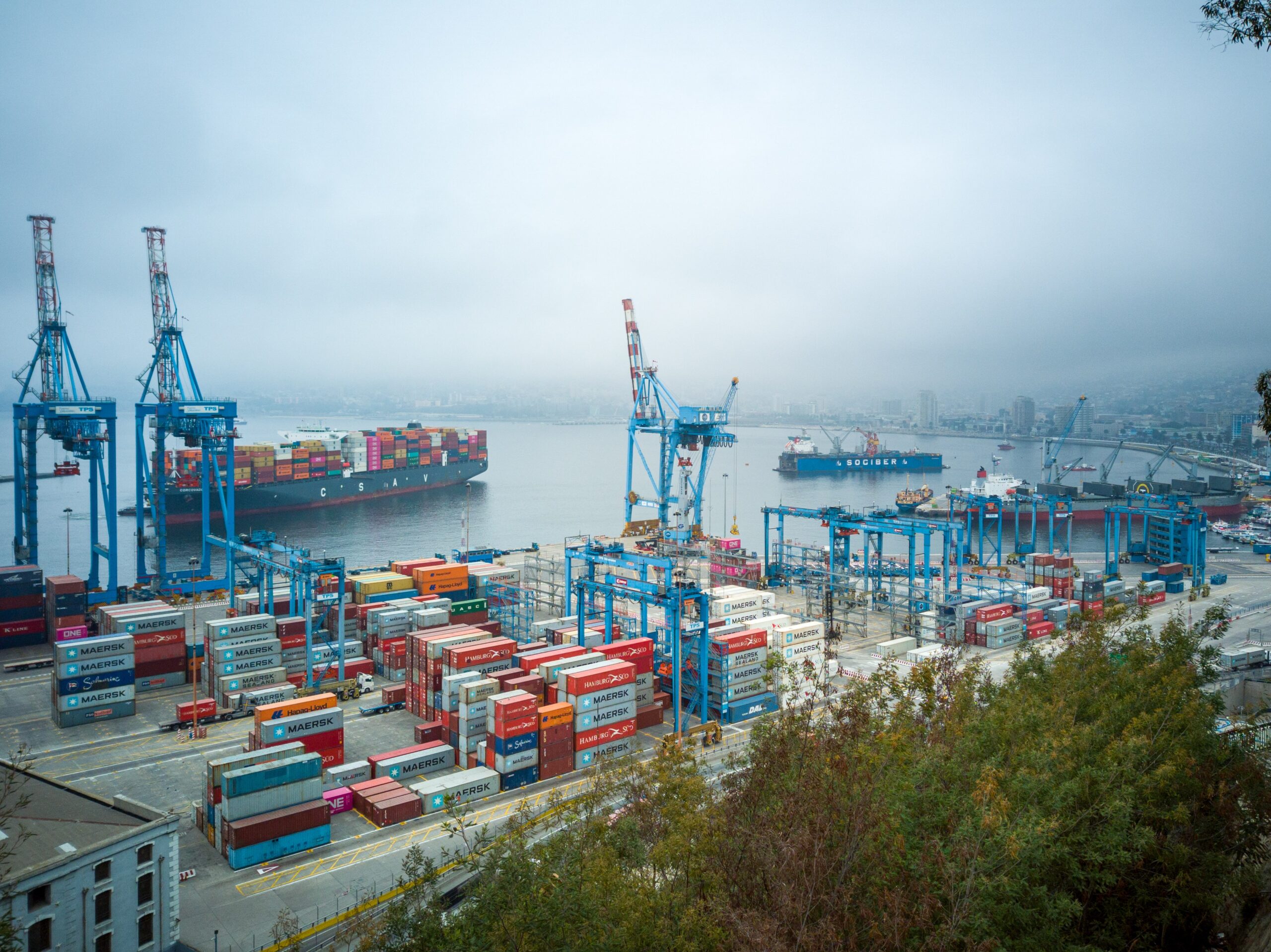The year 2021 saw supply chain issues getting worse due to the ongoing COVID-19 pandemic. For instance, the computer chip shortage had a ripple effect across various industries. There were concerns raised about everything from restaurant food supplies to coffee shortages to lithium supply for electric vehicle batteries. Supply chain issues have never been so prominent. The question now is how to fix the supply chain challenges in 2022 and what should we expect?
Global supply chain crisis in 2021 and the solutions for 2022
After the pandemic, the supply chain crisis had been the biggest story in the year gone by and the COVID induced lockdowns of 2020 fueled the crisis. Many supply chain challenges such as mismanaged inventory, aging shipping fleet, and the lack of accurate data had already been there for years but the coronavirus pandemic aggravated these issues further.
What happened in 2021?
COVID was just one part of the problem, the real-world supply chain workflows became global before the tools and platforms to manage said workflows were sufficiently available. The supply chains were designed for the lowest cost and efficiency but not resilience.
Furthermore, the business and economic environment became more challenging. For instance, in the UK and the rest of Europe due to Brexit led to supply chain pressures causing increase in red tape and cross-border checks. Broadly, the firms continue to grapple with a range of international business challenges ranging from building global management teams to fluctuating international exchange rates.
Besides that, the environmental impact of logistics and supply chain activities is now being understood more widely. So if the countries across the globe have to meet their commitments and emission targets they need to develop more sustainable supply chain practices.
Fixing the supply chain issues in 2022
It seems that the supply chain crisis is not going away, the port slowdowns are likely to persist as the new virus variants have led to strict monitoring, testing, and quarantine protocols at ports. This will lead to extended delays. Additionally, the work from home trend may continue longer and that can lead to a shortage in labor supply. Besides that, the semiconductor shortage will continue this year. Demand for goods that use chips will remain high and due to lead time to build new semiconductor factories, there will be a demand and supply gap in 2022, according to a Forbes report.
Considering the above facts, here are a few solutions that can help businesses to fix their supply chain challenges in 2022.
Switching to a de-globalized supply chain
Due to the ongoing disruptions, countries across the globe are trying to become less dependent on the notion that they should manufacture goods in countries with the lowest labor costs and ship them quickly to consumers.
Businesses are now looking to move to de-globalized or resilient supply chains. This means bringing back some manufacturing nearshore and alternate sites with flexibility to alter production lines and supply chains based on demand.
Investing in technologies to improve supply chain resilience
To boost productivity, companies are increasingly investing in new technologies. According to IDC, in a few years, companies will adopt technology that will reduce supply chain bottlenecks by 10%. Businesses will also invest in services and software that enhances productivity and use AI to do more with fewer workers.
With frameworks like robotics as a service and technology as a service, smaller companies can also benefit from supply chain automation and compete with larger enterprises. Significant innovation and seismic operational changes will hold the key to the future of supply chains.
Boost pay and increase opportunities for workers to improve productivity
Given the difficulty of hiring workers and retaining them, businesses must look at boosting their pay and increasing opportunities for them to develop new skills and gain knowledge about the business.
Investing in people will support the work environment that will align with the company’s mission with the career goals of the workers. By retaining employees and boosting their skills, business operations will become more productive.
In conclusion
The pandemic has given businesses a chance to reinvent their supply chains. The focus is on building dynamic organizations that are flexible in operations and highly resilient to global disruptions.
Businesses have to be resilient and capable of adapting to major disruptions so that they can develop long-term solutions and strategies to complex challenges. Adoption of innovative and sustainable practices will be the key to fixing supply chain challenges in 2022 and beyond.





